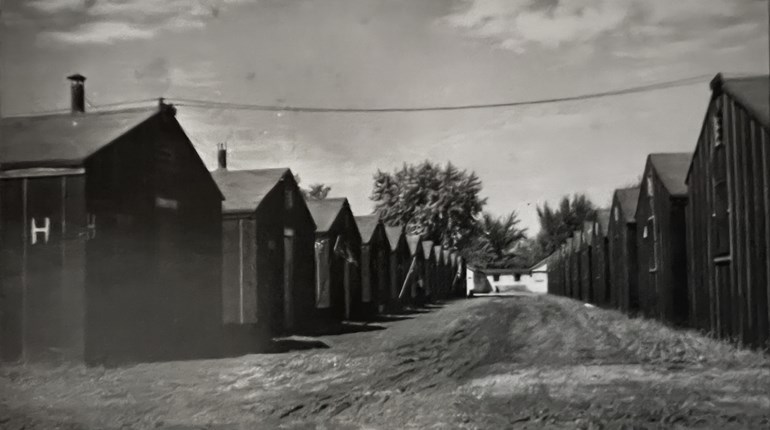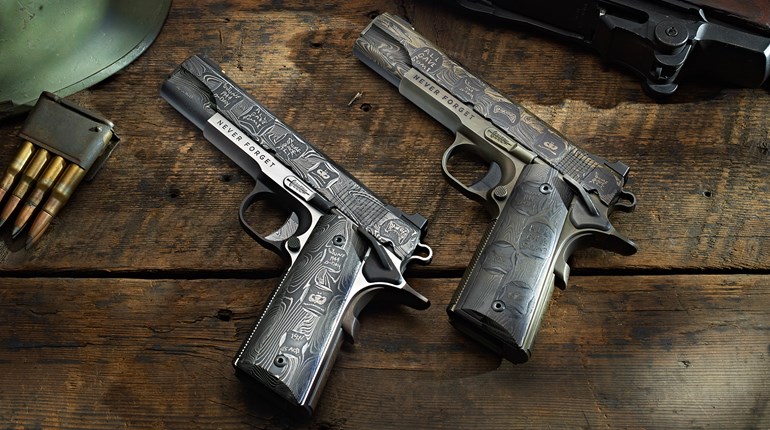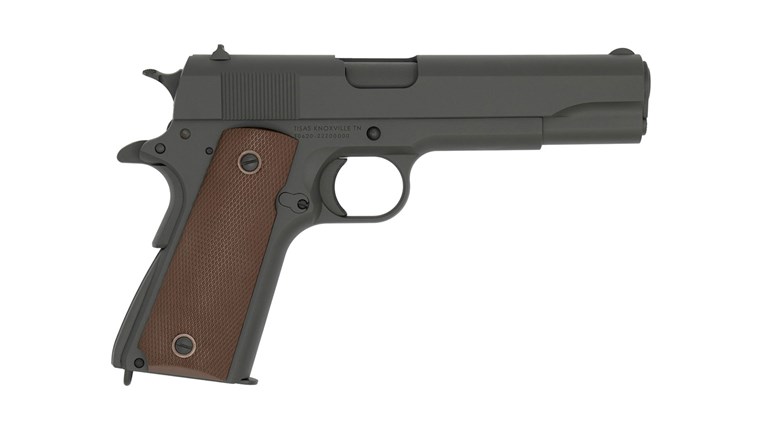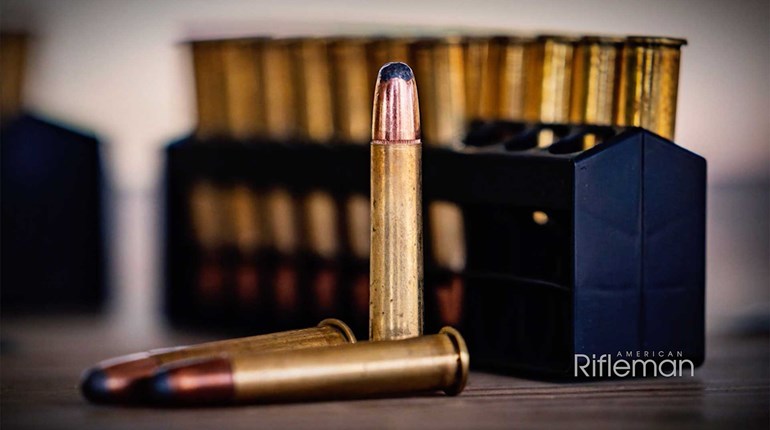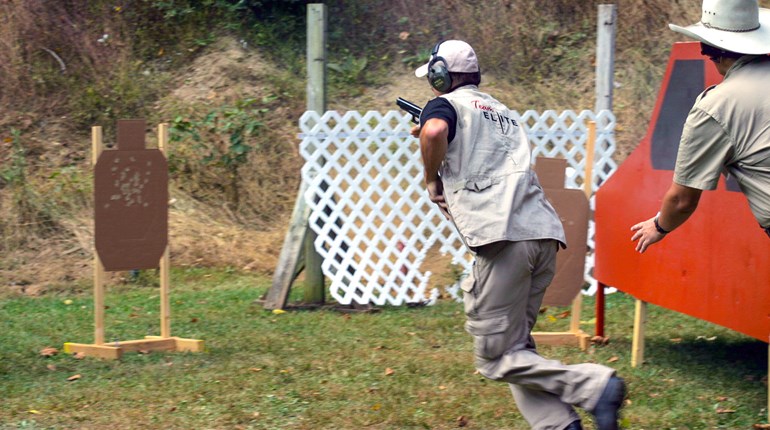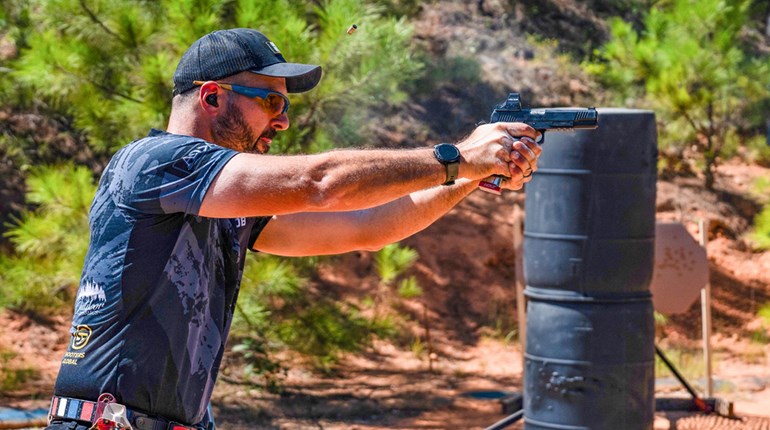
On Sunday, Sept. 17, 1944, the British 1st Airborne Division came down on a series of parachute-drop zones and glider-landing zones 8 miles west of Arnhem in the Netherlands. The division’s mission was to infiltrate into the center of the city and capture the bridge spanning the Nederrijn located there. A critical component of the plan for Operation Market Garden, the 1st Airborne Division would have to seize and hold the bridge long enough for the ground echelon approaching from the south to reach it.
The fortunes of war at first favored the division when an advanced echelon of more than 700 men managed to fight their way to the bridge early on the 17th. Once there, they proceeded to occupy the buildings immediately adjacent to the bridge and then settled in to await the rest of the division. But, good fortune came to an end when the Germans attacked in force, cutting off and isolating the men at the bridge. For the next three days and four nights, the 2nd SS Panzer Corps repeatedly threw mechanized attacks at the beleaguered and outnumbered British force. During the ordeal, one weapon emerged as an invaluable tool of battle: Projector, Infantry, Anti-Tank: also known as the PIAT.

When the Second World War began, the .55-caliber Boys rifle provided Commonwealth light-infantry forces with the only anti-tank capability available to them. While it may have been adequate by the terms of 1937, by 1940 tank armor had thickened, and the British needed something with increased penetrating power. An officer in the Royal Artillery named Stewart Blacker set out to fill that need by designing a spigot mortar known as the “Blacker Bombard.” In early 1941, Blacker learned about a shaped-charge rifle grenade and recognized it as being the perfect type of projectile for his spigot mortar.
He then developed a smaller version of the weapon called the “Baby Bombard” using the shaped charge. Although it presented a number of shortcomings, the “Baby Bombard” was a proof-of-concept that paved the way for further design development. One of Blacker’s colleagues at the Ministry of Defense, Maj. Millis Jefferis, added a crude shoulder stock and then combined it with a 3.3-inch HE/AT mortar bomb, creating what was briefly known as the “Jefferis Shoulder Gun.” This version performed so admirably during range testing that it was adopted as the Projector, Infantry, Anti-Tank and put into production in August 1942.

The PIAT measures 39 inches in overall length and weighs 32 pounds, despite the extensive use of sheet-metal stampings. It fires through the use of a spigot rod with a fixed firing pin that moves forward under spring tension when the trigger is pulled. That rod enters the tail of the HE/AT “bomb” to detonate a primer and propellant charge that sends the projectile downrange at a velocity of 260 fps. Although that velocity might not seem impressive, the projectile’s shaped charge does not need more because it can penetrate 4 inches of armor.
The PIAT is equipped with a monopod and a rear-sight assembly with graduations for 50, 80 and 110 yards. To fire the first “bomb,” the shooter must cock the projector’s 200-pound spring, but that spring is automatically re-cocked by each subsequent shot fired. The PIAT enjoys two distinct advantages over the U.S. bazooka anti-tank rocket launcher: it produces no backblast or muzzle flash.

The PIAT was first used in combat by Canadian troops during the invasion of Sicily in July 1943. With further combat use in Italy and then in Normandy in 1944, it had already proven itself an effective tank-killer by the time the 1st Airborne Division brought it to bear against German vehicles at the Arnhem bridgehead.
But, to make the most of the PIAT required a soldier willing to get in close to the target, and nobody epitomizes boldness better than Capt. Robert Henry Cain. A Company Commander in the South Stafford-shire Regiment, Cain fought at Arnhem bridge using the PIAT. At one point during the siege, he fired on a German tank at just 20 yards. Despite being wounded, he scored multiple hits on the enemy vehicle and ultimately immobilized it. The next day, he singlehandedly drove off three more tanks with that PIAT.
But, because the 700 men at Arnhem bridge were cut off and surrounded by the enemy, they could not receive resupply of critically needed items, like “bombs” for their PIATs. They ran out of those after sunset on September 20th and, shortly thereafter, the enemy overwhelmed them.
One last radio transmission came from the bridgehead that night: “Out of ammunition. God Save the King.” In the end, the besieged force held out twice as long as the entire division was supposed to. That was due in no small part to men like Capt. Robert Henry Cain, who would eventually receive the Victoria Cross for his actions. The rugged simplicity of the PIAT played a critical role as well.













